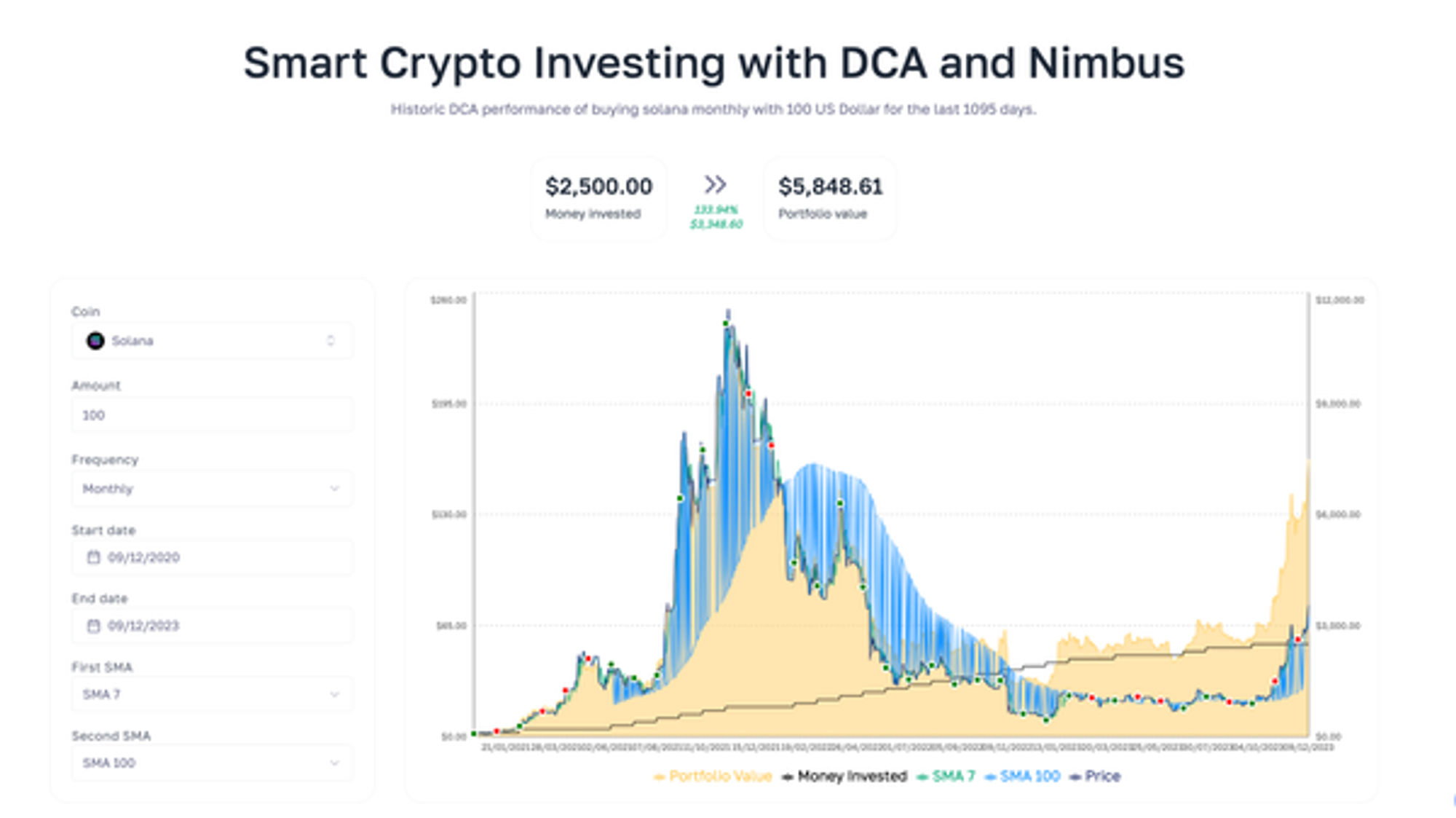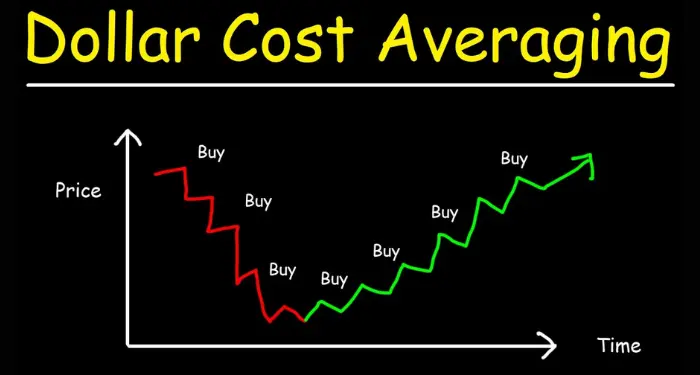In the unpredictable world of financial markets, finding a strategy that can weather the storms and capitalize on the sunny days is like discovering a treasure trove. One such strategy that has gained popularity among savvy investors is Dollar-Cost Averaging (DCA).
What Is Dollar-Cost Averaging (DCA)?
Dollar-cost averaging is not a complex financial wizardry; it's a straightforward and disciplined approach to investing. Instead of attempting to time the market and make lump-sum investments, DCA involves regularly investing a fixed amount of money at predetermined intervals. This method takes the emotional guesswork out of investing and provides a systematic way to navigate market volatility.

Dollar-cost averaging (DCA) is an investment strategy in which an investor divides the total amount of money they intend to invest into periodic, fixed-dollar investments. Instead of making a lump-sum investment all at once, the investor systematically purchases a fixed amount of a particular investment at regular intervals, regardless of the asset's price.
The key idea behind dollar-cost averaging is to reduce the impact of market volatility on an investment. By consistently investing a fixed amount at regular intervals, investors buy more shares when prices are low and fewer shares when prices are high. Over time, this approach aims to average out the cost per share, potentially lowering the overall average cost of the investment.
How Does Dollar-Cost Averaging Work?
Let's break down the mechanics of DCA with a simple example. Imagine you decide to invest $1,000 in a particular stock monthly for a year, regardless of its price. In months when the stock price is lower, your $1,000 will buy more shares; when the price is higher, it will buy fewer shares. Over time, the goal is to accumulate more shares at lower average prices.

Taming Market Volatility:
One of the primary advantages of DCA is its ability to mitigate the impact of market fluctuations. Investors are no longer at the mercy of trying to predict the perfect entry point. Instead, they embrace the ebb and flow of the market, accumulating assets steadily and, in theory, reducing the risk associated with market timing.

Disciplined Investing for the Long Term:
DCA is particularly well-suited for long-term investors who seek to build wealth over time. By automating regular contributions to their investment portfolios, individuals can maintain a disciplined approach without being swayed by short-term market noise. This strategy is viral among those contributing to retirement accounts, where consistency and patience are key.

Risks and Considerations:
While DCA can be a powerful tool, it's essential to acknowledge its limitations. This strategy doesn't guarantee profits or shield against losses. Investors must still carefully select their investments and be aware of transaction fees and tax implications.
Conclusion:
In the unpredictable world of finance, having a strategy that provides a steady course can be invaluable. Dollar-cost averaging, with its simplicity and disciplined approach, offers investors a way to navigate market volatility and build wealth over the long term. Whether you're a seasoned investor or just starting, considering the power of DCA might be the compass you need for your investment journey.
Remember, the key to successful investing is not just about timing the market but time in the market. Dollar-cost averaging is your reliable companion on this journey, helping you stay the course through the market's highs and lows. Happy investing!



